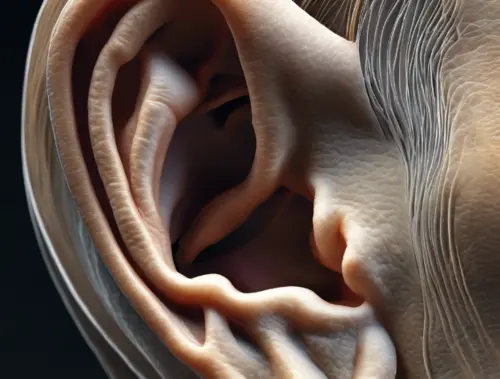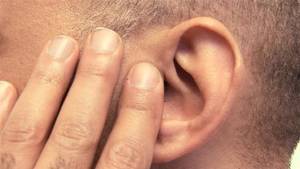What is Otoantritis?
Otoantritis is a medical condition where the ear and the mastoid process, which is a part of the skull located behind the ear, become inflamed and infected. It is also known as mastoiditis. This situation can happen because of sudden or ongoing infections in the middle ear, known as otitis media, since the mastoid cells are linked to the middle ear.
Causes of Otoantritis
There are several potential causes for otoantritis. Let’s explore some of the most common ones:
- Bacterial or fungal infection: One of the primary culprits behind otoantritis is a bacterial or fungal infection. These infections can occur when moisture or debris accumulates in the ear canal, providing a favorable environment for the growth of bacteria or fungi. Swimming in contaminated water or improper cleaning of the ears can increase the risk of infection.
- Skin conditions: Certain skin conditions, such as eczema, psoriasis, or dermatitis, can lead to inflammation and irritation of the skin in and around the ear canal. This can make the area more susceptible to infection and can trigger otoantritis. Those with a history of these skin conditions are more likely to develop otoantritis.
- Allergies: Allergic reactions can cause inflammation and itching in the ear canal, leading to otoantritis. Exposure to allergens like dust, pollen, or certain chemicals can trigger an allergic response in some individuals. It’s important to identify and avoid the allergens to prevent the onset of otoantritis.
- Trauma or injury: Physical trauma or injury to the ear canal can disrupt the protective layer of skin, making it easier for bacteria or fungi to invade and cause infection. Inserting sharp objects like cotton swabs, bobby pins, or hairpins into the ear can also damage the delicate skin and increase the risk of otoantritis.
- Excessive earwax: Accumulation of excessive earwax, also known as cerumen, can obstruct the ear canal and trap moisture and debris inside. This can create an ideal environment for bacteria or fungi to thrive and cause infection or inflammation, leading to otoantritis.
- Immune system compromise: A weakened immune system can make individuals more susceptible to infections, including otoantritis. Conditions such as diabetes, HIV, or certain medications that suppress the immune system can increase the risk of developing this ear condition.
- Hormonal changes: Fluctuations in hormones, such as those experienced during pregnancy or menopause, can alter the pH balance and increase moisture in the ear canal. These changes can create a favorable environment for the growth of bacteria or fungi, leading to otoantritis.
Symptoms of Otoantritis
Patients with otoantritis may experience various symptoms including:
- Pain behind the ear
- Swelling and tenderness near the mastoid bone
- Ear discharge (otorrhea) that may be purulent
- Hearing loss
- Fever
- Headache
In severe cases, it can lead to complications such as hearing loss, vertigo, facial nerve paralysis, or intracranial infections if not promptly treated.
Diagnosis
Diagnosis of otoantritis typically involves a physical examination, during which a doctor will look for signs of inflammation and infection. Additional tests may include:
- Audiometry to assess hearing loss
- Imaging studies such as CT scans or MRI to visualize the extent of inflammation
- Laboratory tests for infection, such as cultures of ear discharge
Treatment
Treatment for otoantritis may require a combination of:
- Antibiotic therapy to fight the infection
- Ear drops to treat local infection
- Pain relievers to alleviate discomfort
- Surgical intervention, such as a myringotomy to drain fluid or a mastoidectomy to remove infected mastoid air cells, may be needed in severe or recurrent cases
Prevention
Preventing otoantritis primarily involves treating middle ear infections promptly and thoroughly to prevent the spread of infection to the mastoid cells. Regular ear check-ups, especially after an ear infection, can also be helpful in catching any complications early.
It is essential for individuals experiencing persistent ear pain, discharge, or other concerning symptoms to seek medical advice promptly to avoid complications associated with otoantritis.









